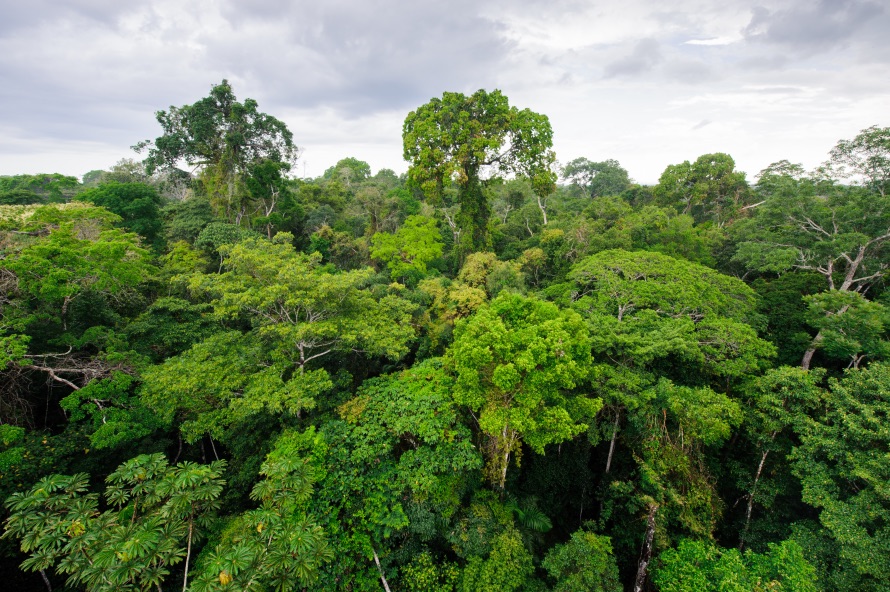CAMPECHE, Mexico — Archaeologists have uncovered the remains of a sprawling Maya city deep within the jungles of southeastern Mexico, offering fresh insights into the complexity of ancient Latin American civilisations.
Named “Valeriana” after a nearby lagoon, the city emerged under dense forest cover in Campeche state through Lidar technology, a laser-mapping tool that has revolutionised the study of ancient, vegetation-covered sites.
This find, which places Valeriana as second only to the renowned Calakmul site in density, provides new insights into the sophistication of Maya society.
The discovery came unexpectedly when Luke Auld-Thomas, a Ph.D. student from Tulane University, unearthed an obscure Lidar survey conducted for environmental monitoring.
“I was on something like page 16 of Google search and found a laser survey done by a Mexican organisation for environmental monitoring,” Auld-Thomas told the BBC.
By analyzing the survey data, Auld-Thomas revealed a sprawling city estimated to have housed 30,000 to 50,000 people at its peak between 750 and 850 AD—an impressive population density that surpasses the area’s modern inhabitant count.
The mapped city covers approximately 16.6 square kilometres and contains thousands of structures, including pyramids, sports courts, amphitheatres, and residential zones.
“The city has the hallmarks of a capital city,” said Auld-Thomas, noting the presence of two main centres with large temple pyramids and plazas where worship, markets, and public events may have taken place.
Excavations have also revealed sophisticated infrastructure, including causeways connecting city districts and an ancient court used for the Maya ball game.
A nearby reservoir indicates the Maya adapted the natural landscape to support a large population, an arrangement that archaeologists believe helped the city thrive until it succumbed to climate stresses and overpopulation pressures in the late 9th century.
While few photographs of the site are available due to its thick jungle cover, local Maya communities near Xpujil, about a 15-minute hike away, have long speculated about ruins under the landscape’s mounds.
According to Professor Marcello Canuto, co-author of the study, the discovery challenges outdated views that tropical landscapes inhibited complex civilisation.
“This part of the world was home to rich and complex cultures,” he explained, dispelling the notion that the Tropics were inhospitable to enduring civilisations.
The newly found city’s intricate layout, which includes 6,764 buildings, underscores the scale of Maya development.
“It’s suggesting that the landscape was just completely full of people at the onset of drought conditions,” Auld-Thomas said, noting that intense population density may have reduced adaptability during climate challenges, eventually leading residents to abandon the area.
The use of Lidar technology has accelerated the pace of archaeological discovery, with a 10-fold increase in mapped areas over the past decade, according to Professor Canuto.
This cutting-edge approach has uncovered so many Maya sites that researchers may struggle to study each one in detail.
“One of the downsides of discovering lots of new Maya cities in the era of Lidar is that there are more of them than we can ever hope to study,” Auld-Thomas noted, reflecting the vast, uncharted potential that Lidar has unlocked in the region.
The study detailing Valeriana’s discovery and implications has been published in the journal Antiquity.
It adds a significant chapter to our understanding of Maya civilization and the resilience of its cultural heritage hidden beneath the jungle canopy in Mexico.







